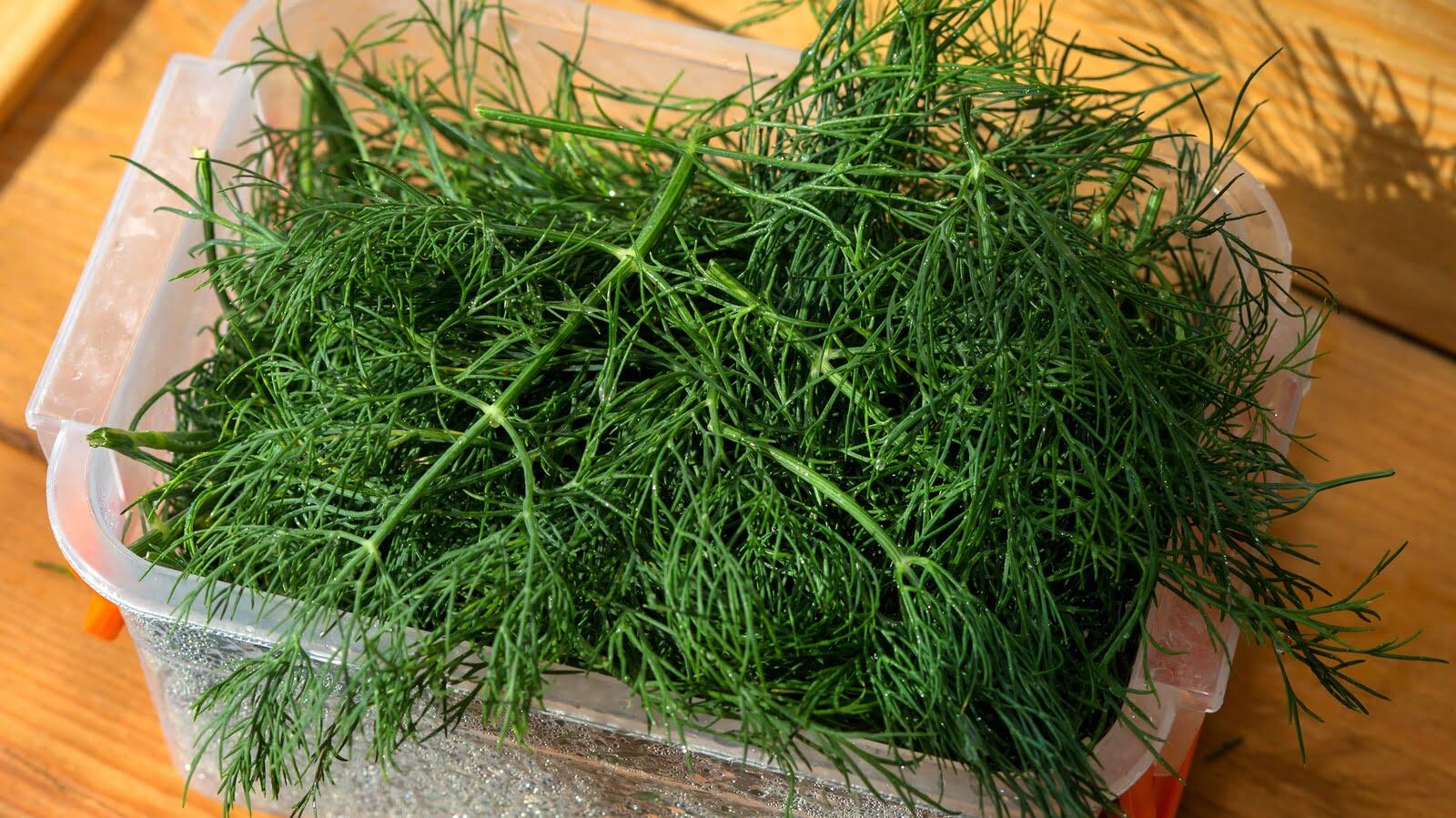

Articles
How To Store Dill In Fridge
Modified: February 23, 2024
Learn the best methods for storing dill in the fridge to keep it fresh and flavorful. Check out our informative articles for expert tips!
(Many of the links in this article redirect to a specific reviewed product. Your purchase of these products through affiliate links helps to generate commission for Storables.com, at no extra cost. Learn more)
Introduction
Welcome to this guide on how to store dill in the fridge! Dill is a versatile and flavorful herb that is commonly used in various dishes, such as soups, salads, and pickles. If you have an abundance of fresh dill and want to extend its shelf life, proper storage is essential.
Understanding how to store dill correctly will help you preserve its freshness, aroma, and taste for a longer period. In this article, we will explore the various methods and tips for storing dill in the refrigerator, ensuring that it remains vibrant and ready to enhance your culinary creations.
So, whether you grow your own dill or have purchased a bunch from the grocery store, let’s dive into the world of dill storage and discover how to keep it fresh for as long as possible.
Key Takeaways:
- Properly preparing and storing dill in the fridge is essential to maintain its freshness and flavor. Follow the steps outlined in this guide to ensure your dill stays vibrant and ready to enhance your culinary creations.
- Consider freezing dill for long-term storage and explore creative ways to use frozen dill in various dishes. Whether fresh or frozen, dill adds a unique and vibrant flavor to your culinary endeavors.
Read more: How To Store Dill In Refrigerator
Understanding the Shelf Life of Dill
Before diving into the methods of storing dill, it is important to understand its shelf life. Fresh dill is highly perishable and can wilt or lose its flavor quickly if not stored properly.
The shelf life of dill depends on factors such as its freshness when purchased and the storage conditions. Typically, fresh dill can last anywhere from three to ten days when stored correctly.
When you buy dill from the grocery store or harvest it from your garden, it is crucial to examine its condition. Look for vibrant, green leaves that are firm and free from any yellowing or wilting. The fresher the dill, the longer it will maintain its quality.
When exposed to air and moisture, dill can lose its flavor and become limp. To prevent this, it is important to take certain steps to prepare the dill for storage and create an ideal environment in the refrigerator.
Now that we have a basic understanding of the shelf life of dill, let’s move on to learning how to prepare it for storage in the fridge.
Preparing Dill for Storage
Properly preparing dill before storing it in the fridge is essential to prolong its freshness. Here are the steps you can follow:
- Inspect the dill: Carefully examine the dill bunch and remove any wilted or discolored leaves. Keeping only the fresh and vibrant leaves will help maintain the quality of the herb.
- Remove excess moisture: Dill tends to hold moisture, which can accelerate its decay. Gently pat the leaves dry with a paper towel or use a salad spinner to remove any excess water.
- Trim the stems: If the dill bunch has long stems, consider trimming them down to fit the storage container. Leaving excessively long stems can take up valuable space and increase the chances of wilting.
- Place in a container: Transfer the prepared dill into a storage container. You can use airtight containers, plastic bags, or even glass jars. Make sure the container provides enough room for the dill to breathe without getting squished.
By following these simple steps, you can ensure that your dill is ready for proper storage and maintains its freshness for a longer duration. The next step is knowing how to store the dill in the refrigerator.
Storing Dill in the Refrigerator
The refrigerator is the ideal place to store dill as it provides the necessary cool and controlled environment to keep the herb fresh. Here are the steps to store dill in the refrigerator:
- Choose the right container: As mentioned earlier, choose an airtight container or a resealable plastic bag to store dill in the refrigerator. This will help maintain its freshness by preventing exposure to air and moisture.
- Position the dill: Place the dill upright in the container with the stems submerged in water. Alternatively, you can also wrap the dill loosely in a damp paper towel before placing it in the container.
- Label and date: It’s a good practice to label the container or bag with the date of storage. This will help you keep track of the dill’s freshness and ensure that you use it within the recommended time.
- Store in the refrigerator: Find a spot in your refrigerator where the temperature remains consistently cold, ideally around 35-40°F (1-4°C). Place the dill container or bag in this area, away from any strong-smelling foods that can absorb its aroma.
Remember to check on the dill periodically and remove any wilted or discolored leaves that may appear. By storing dill properly in the refrigerator, you can extend its shelf life and enjoy fresh dill for your culinary endeavors.
Now that we’ve covered the basic methods of storing dill in the refrigerator, let’s move on to some helpful tips for prolonging the freshness of dill.
Store fresh dill in the fridge by wrapping it in a damp paper towel and placing it in a resealable plastic bag. This will help keep it fresh for up to a week.
Tips for Prolonging the Freshness of Dill
To maximize the shelf life and freshness of your dill, here are some helpful tips:
- Do not wash until ready to use: Dill is highly sensitive to moisture, so it’s best to avoid washing it until you are ready to incorporate it into your recipes. Excess moisture can cause the leaves to wilt and deteriorate quickly.
- Store in the vegetable drawer: The vegetable drawer or crisper compartment in your refrigerator provides a slightly higher humidity level, which can help maintain the freshness of your dill. Store the container or bag of dill in this compartment if available.
- Avoid overcrowding: Make sure not to overcrowd the dill container or bag in the refrigerator. Leaving enough space for air circulation will prevent the leaves from getting crushed and maintain their freshness for a longer time.
- Only pick what you need: If you have dill growing in your garden, consider harvesting only the amount you need for immediate use. This way, you can ensure the rest of the dill plant continues to grow and produce fresh leaves for future harvests.
- Freeze for long-term storage: If you have excessive dill or want to extend its shelf life beyond a few weeks, consider freezing it. Simply wash and dry the dill, chop it into manageable portions, and store in labeled freezer bags. Frozen dill can retain its flavor and aroma for several months.
By following these tips, you can prolong the freshness of your dill and enjoy its vibrant flavor in your dishes for an extended period.
Now that you know how to store and prolong the freshness of dill, let’s explore how to use frozen dill and make the most of this herb.
Read more: How To Store Dill In The Freezer
Using Frozen Dill
Frozen dill can be a convenient way to enjoy the flavor of dill year-round. Here are a few ideas on how to use frozen dill effectively:
- Adding to soups and stews: Frozen dill can be a great addition to your favorite soups and stews. Simply toss a handful of frozen dill into the pot during the cooking process to infuse the flavors.
- Making dill butter: Soften some butter and mix in finely chopped frozen dill. This flavored butter can be used to enhance the taste of grilled vegetables, cooked fish, or spread on fresh bread.
- Creating dill-infused oils and vinegars: Place frozen dill in a bottle of olive oil or vinegar to infuse it with dill flavor. This can be used in salad dressings, marinades, or to drizzle over roasted vegetables.
- Making dill pesto: Blend frozen dill with garlic, Parmesan cheese, pine nuts, and olive oil to create a flavorful dill pesto. This can be used as a sauce for pasta, spread on sandwiches, or as a dip for vegetables.
- Adding to scrambled eggs: Add a sprinkle of frozen dill to your scrambled eggs for an herby twist. This can elevate your breakfast or brunch to a whole new level of deliciousness.
When using frozen dill, keep in mind that its texture may change during the freezing process. While it may lose some of its crispness, the flavor and aroma will still be present, making it a convenient substitute for fresh dill in a variety of dishes.
By incorporating frozen dill into your culinary creations, you can enjoy the taste of this versatile herb even when it’s out of season.
Now that we’ve covered the various ways to use frozen dill, let’s wrap up this guide on storing and using dill.
Conclusion
Proper storage of dill is key to maintaining its freshness and flavor for as long as possible. By following the steps outlined in this guide, you can ensure that your dill stays vibrant and ready to enhance your culinary creations.
Remember to prepare the dill by inspecting, removing excess moisture, and trimming the stems. Choose the right container or bag and store the dill in the refrigerator, making sure to position it properly and label it with the storage date.
To prolong the freshness of dill, avoid washing it until you are ready to use it, store it in the vegetable drawer, and avoid overcrowding the container or bag. Consider freezing the dill for long-term storage, allowing you to enjoy its flavor even during the off-season.
Whether you choose to use fresh or frozen dill, there are numerous ways to incorporate this flavorful herb into your dishes. From soups and stews to flavored butters and dill-infused oils, the possibilities are endless.
Now that you are equipped with the knowledge of how to store dill in the fridge and use it effectively, go ahead and experiment with different recipes to fully appreciate the unique taste of dill.
Enjoy the freshness and wonderful flavor of dill in your culinary endeavors!
Frequently Asked Questions about How To Store Dill In Fridge
Was this page helpful?
At Storables.com, we guarantee accurate and reliable information. Our content, validated by Expert Board Contributors, is crafted following stringent Editorial Policies. We're committed to providing you with well-researched, expert-backed insights for all your informational needs.
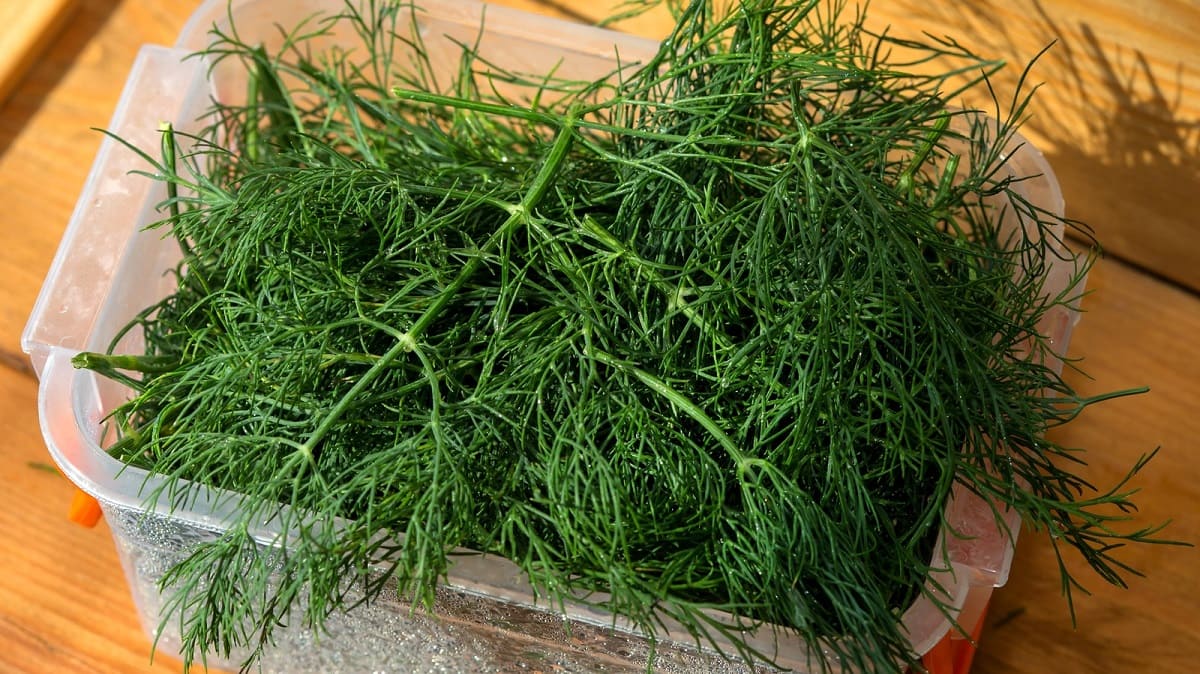
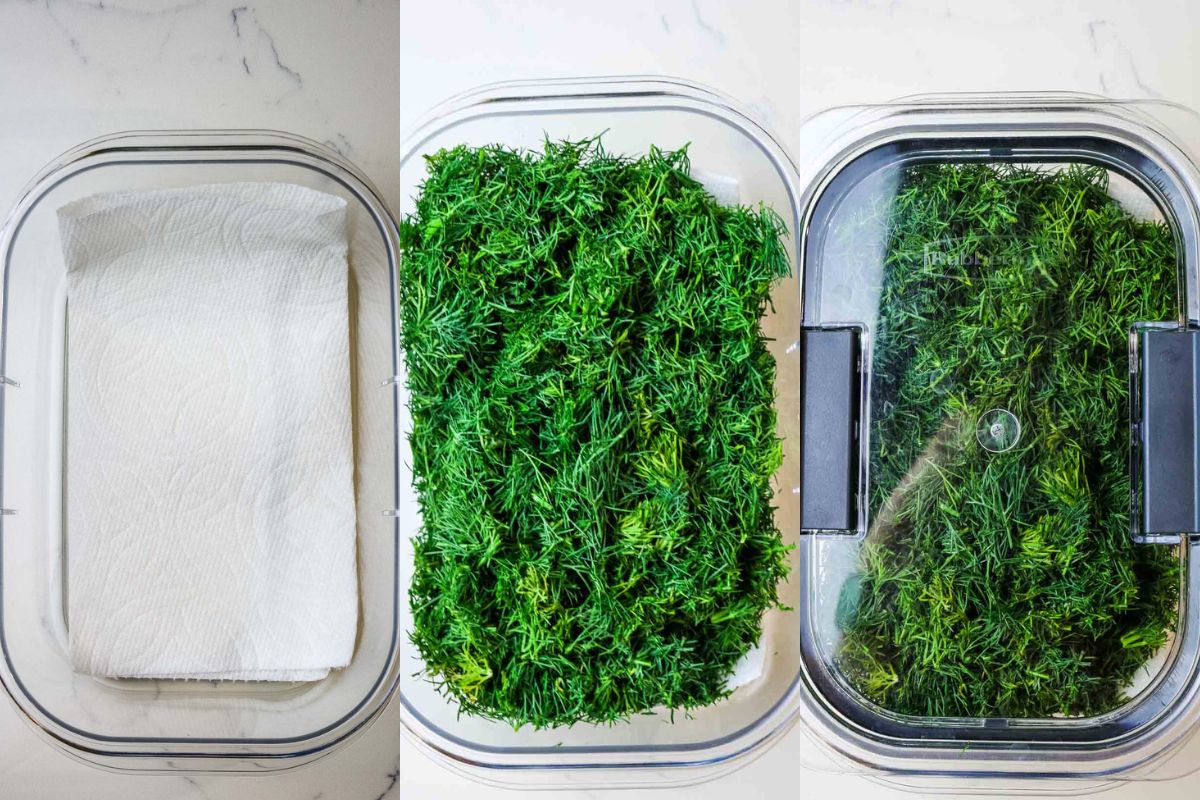
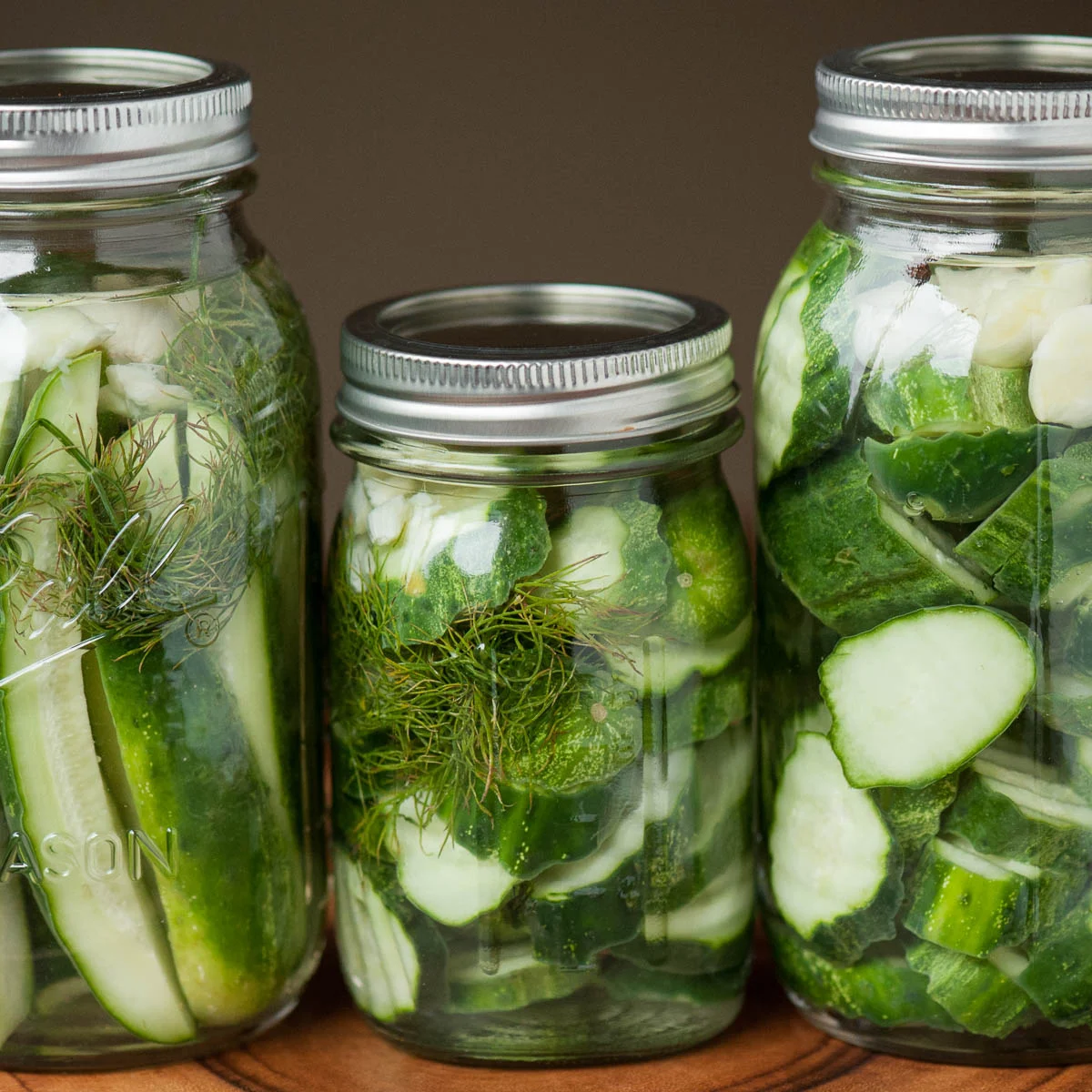
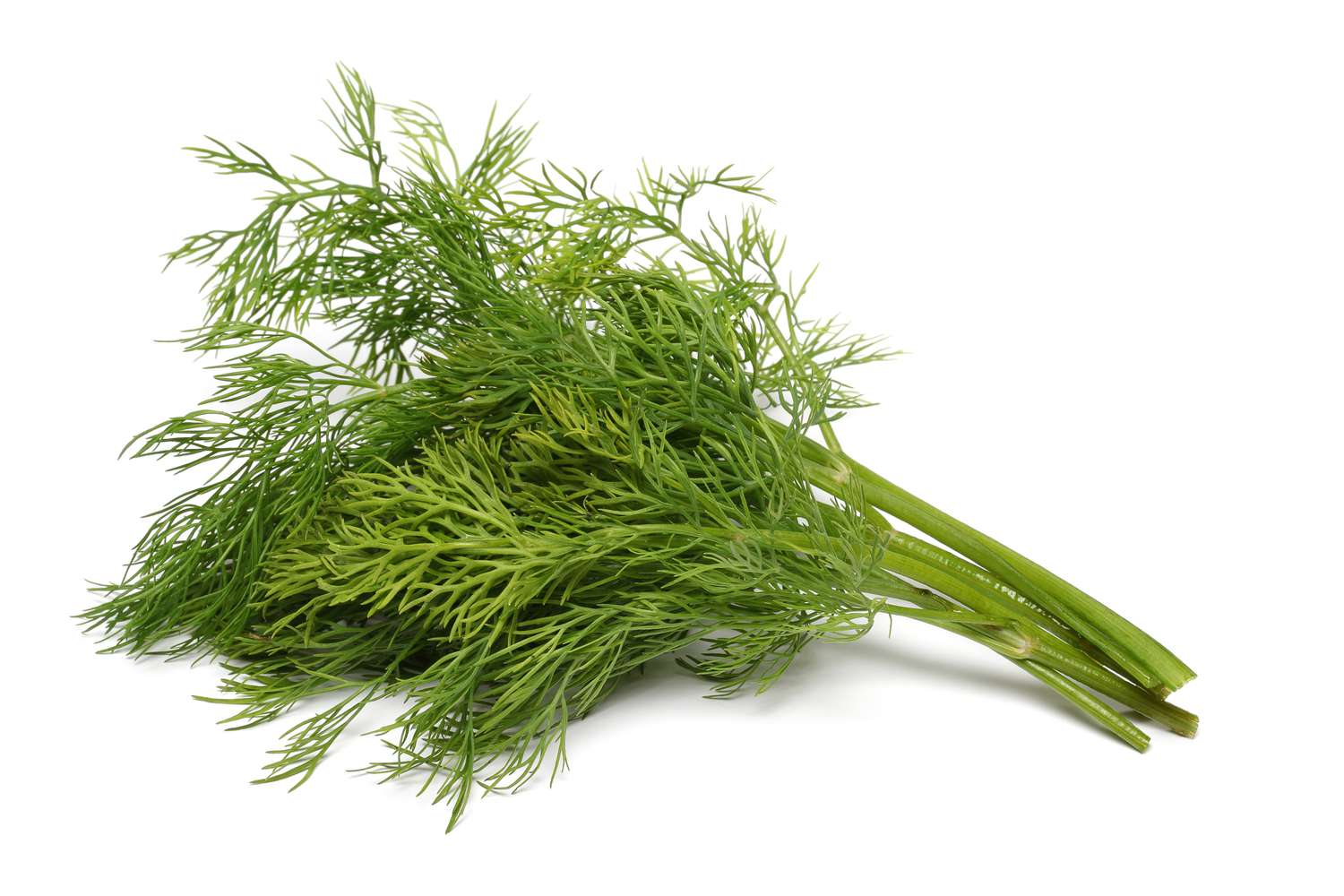


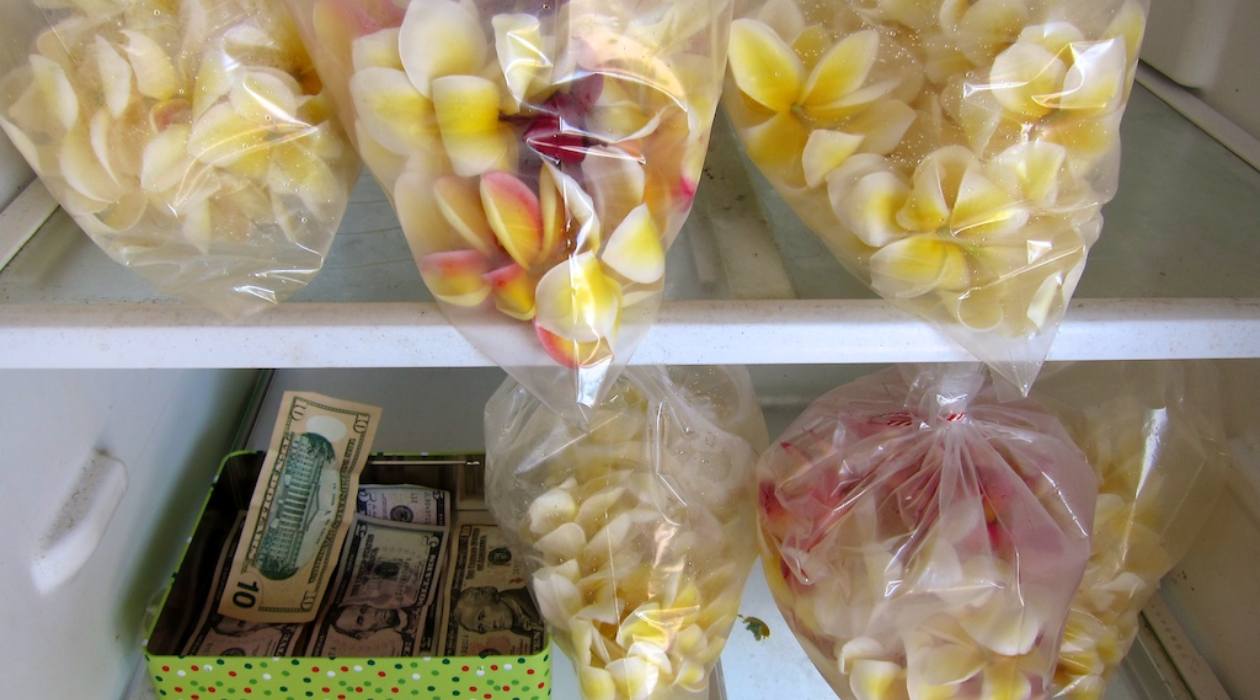

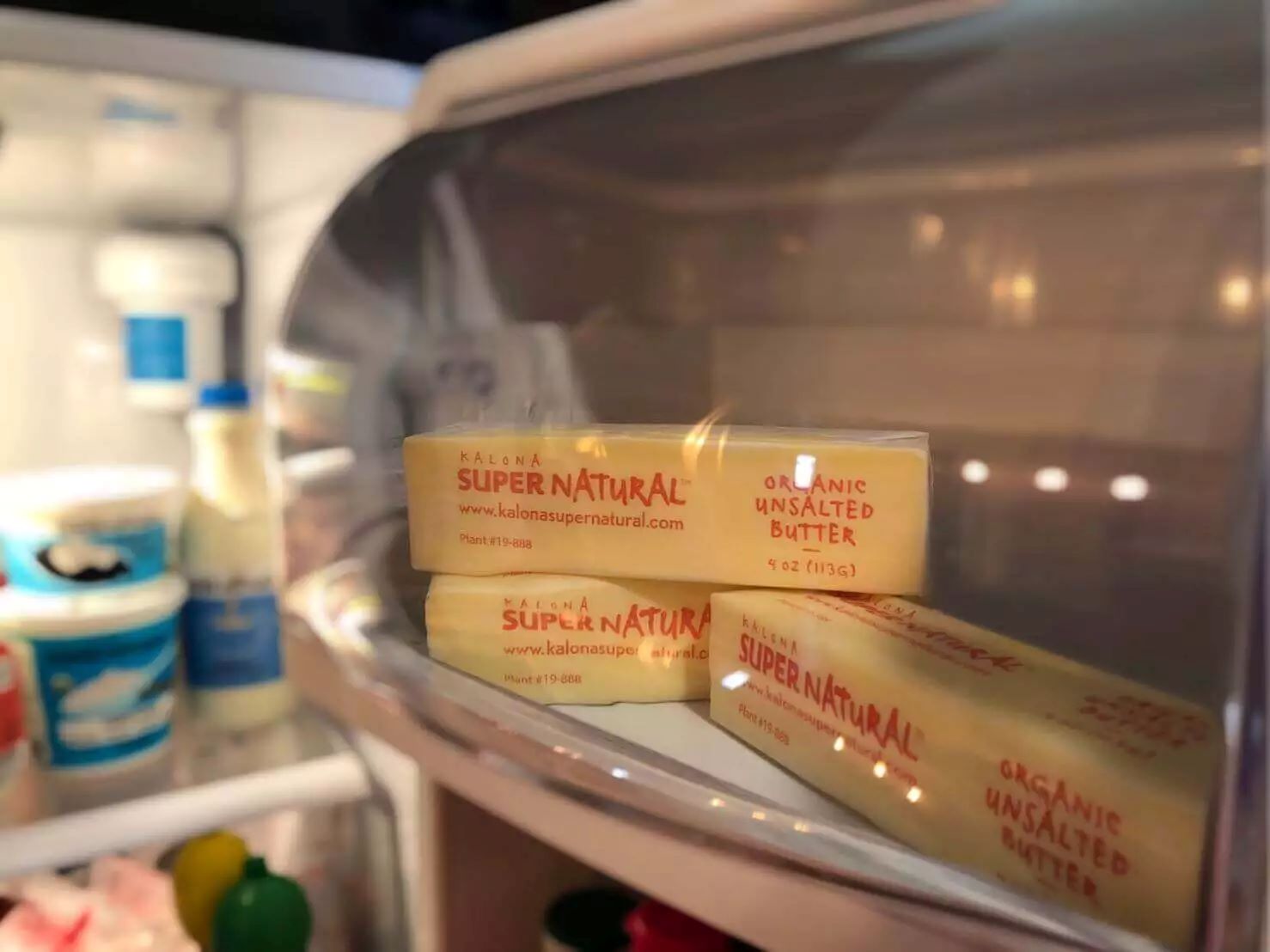
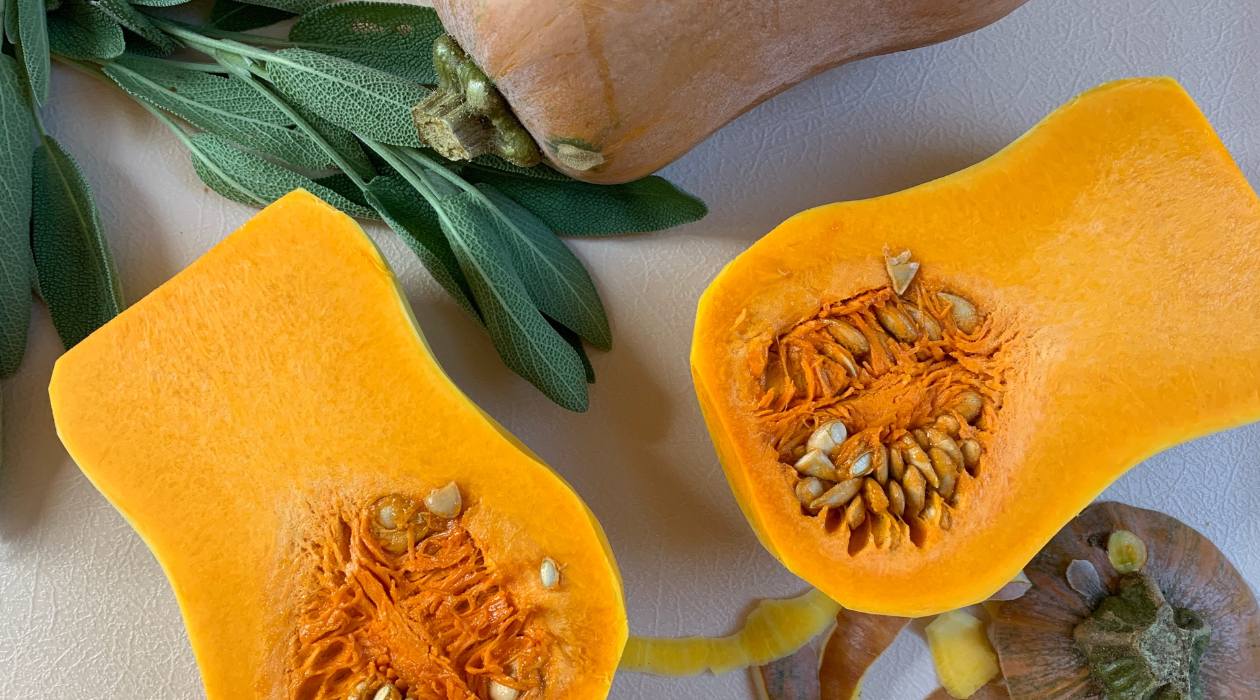
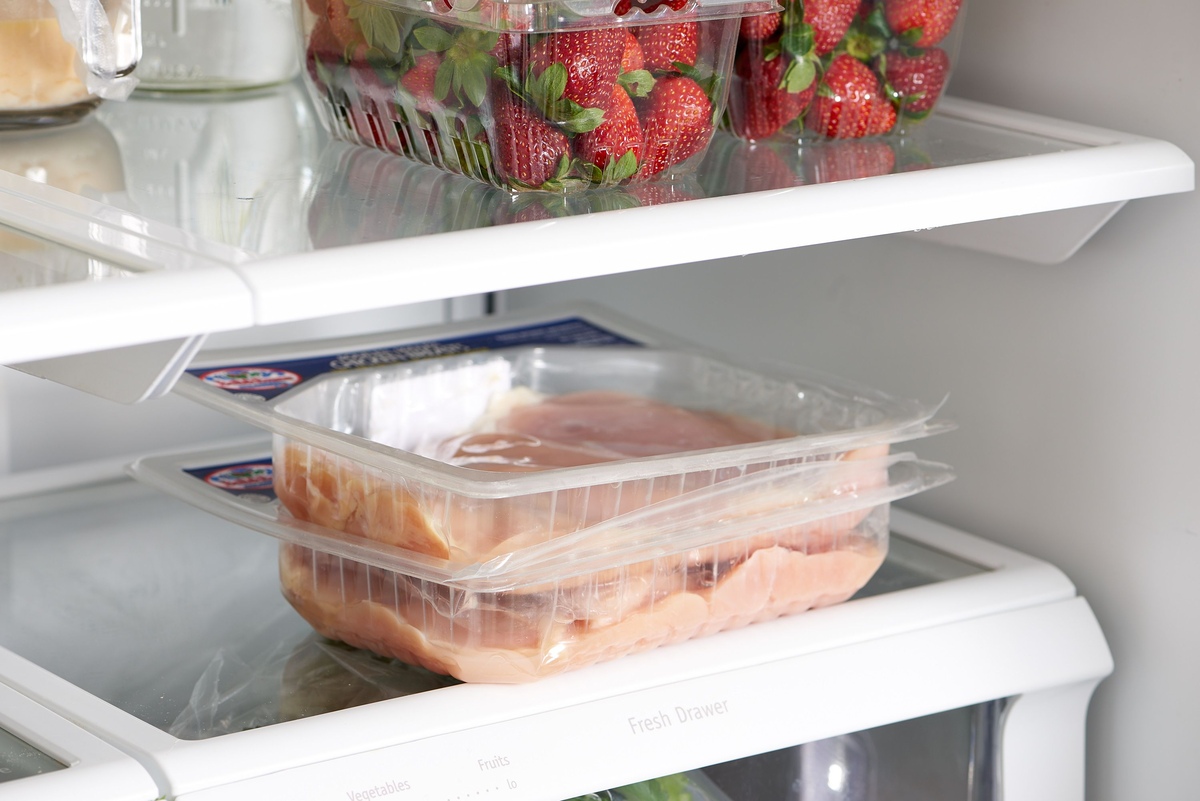
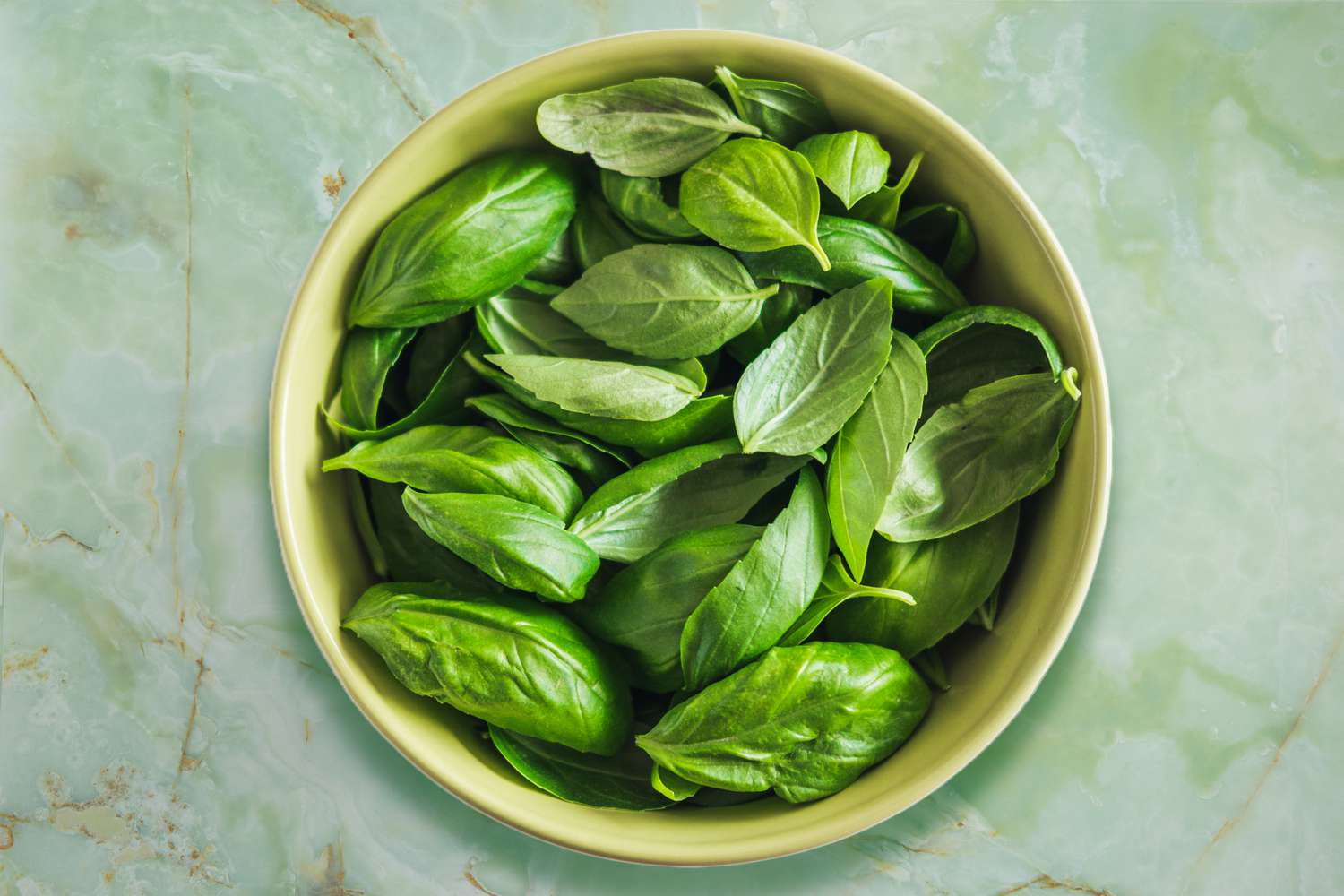
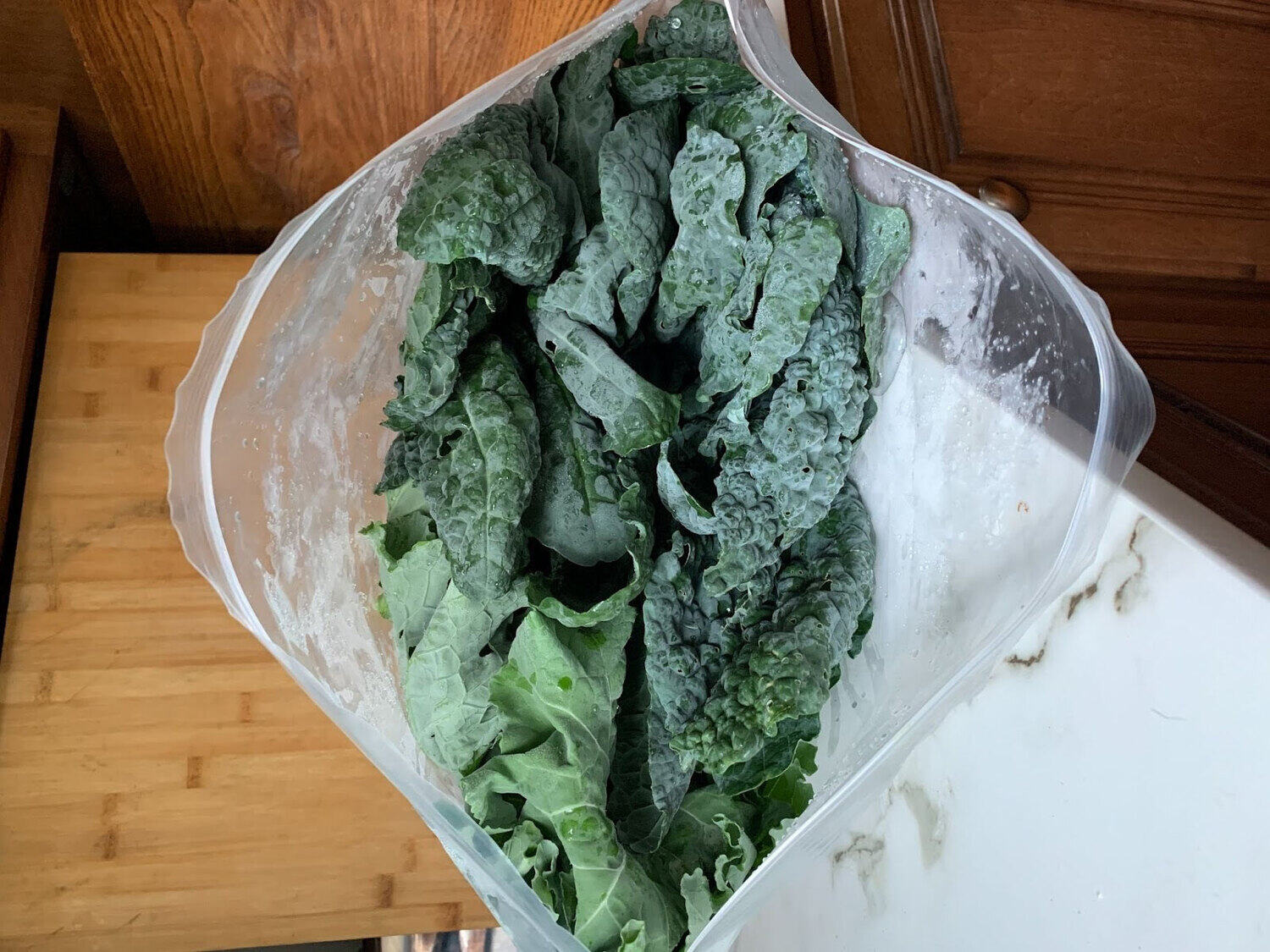
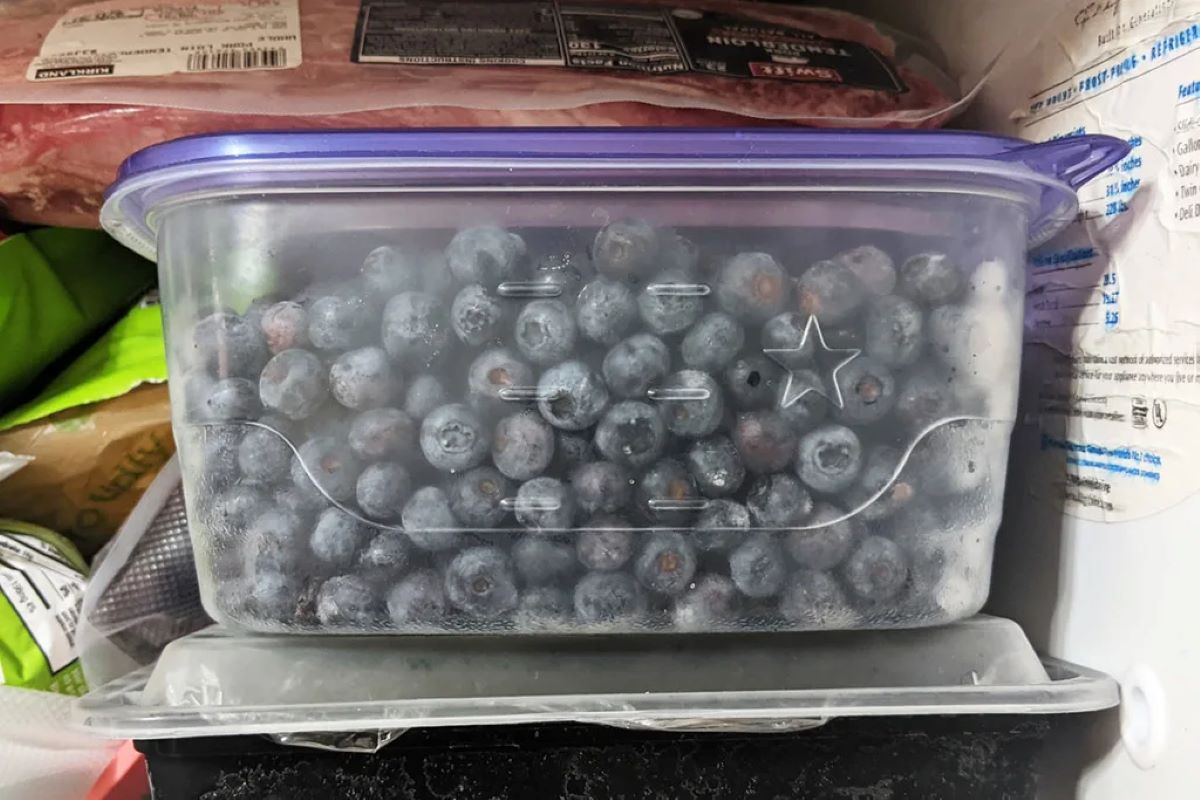

0 thoughts on “How To Store Dill In Fridge”